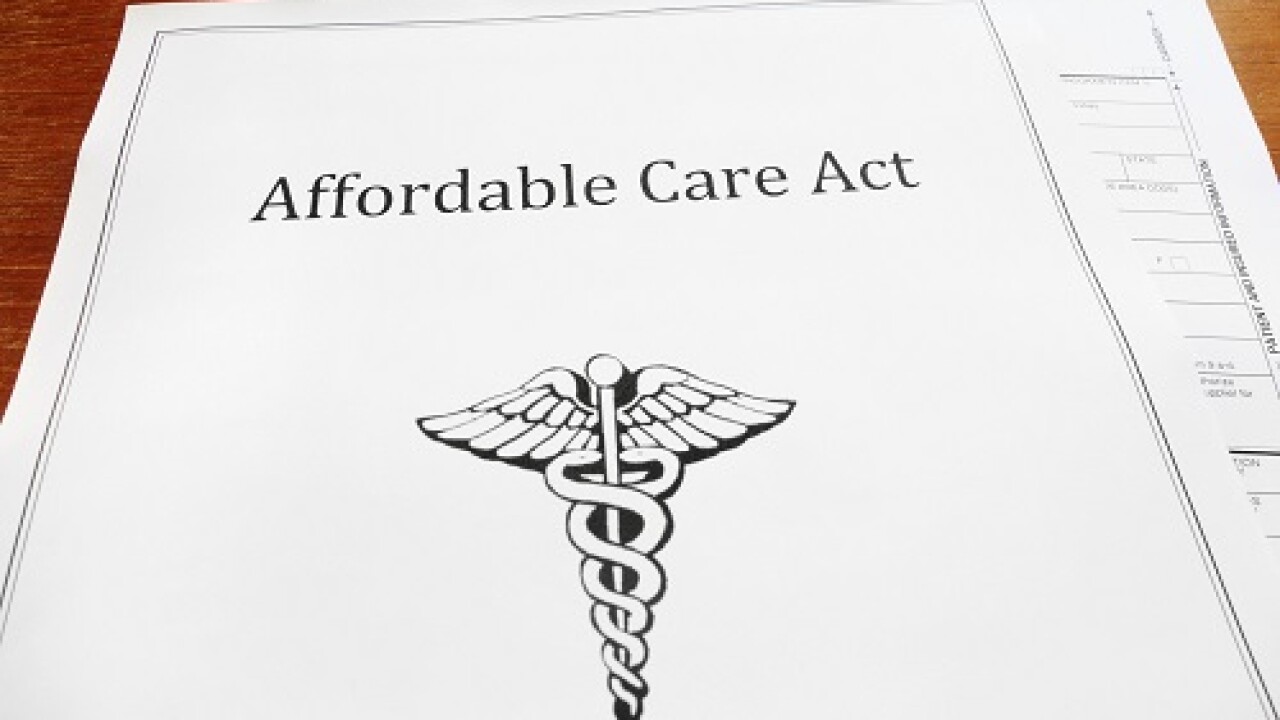
Although negotiations were widely predicted to last well into July, the One Big Beautiful Bill, H.R. 1, made it to President Trump's desk in time for
"It's encouraging that both the House and Senate are committed to expanding bonus depreciation and R&E expensing available to businesses," said Eversheds Sutherland attorney Ellen McElroy just prior to House passage of the final bill. "The permanency that would be granted under the Senate's bill is a welcome improvement to the initial House bill, as it provides greater stability and certainty for companies that will allow them to plan not only for the short-term, but also for long-term future investment."
"The new law provides incentive for domestic investment by businesses, particularly in light of the compounded benefit of immediate expensing for qualified property coupled with the reversion to EBITDA for determining the business interest limitation under Section 163(j)," McElroy observed.
The provisions taken together could allow for a 10% increase in the benefit that would be available under Section 168(k) alone, she explained: "In other words, for companies that take advantage of bonus depreciation, every $10 of investment in qualified property during a given tax year could allow for an extra dollar of business interest expense to be recovered that year. We expect this will be particularly beneficial to businesses in highly leveraged industries."
The new election to immediately expense qualified production property is a great idea that has received a great deal of attention from companies, according to McElroy. However, "it's disappointing that the bill's text does not make the scope and applicability of the election more clear. As drafted, many questions remain. For example, what constitutes an integral part of a production activity? When does construction 'begin?' What is the difference between manufacturing and production? Additional regulatory guidance will be required to answer these questions and more in order for companies to determine whether construction projects are eligible for accelerated recovery under the election. The provision grants a very limited timeframe during which companies must begin and complete construction of major projects requiring significant investment, and administrative guidance typically takes years to draft and be released. Consequently, we question whether this provision will be effective at incentivizing investment in new domestic production facilities when companies will not have certainty from the outset that their projects will qualify for the benefit."
(Read more: "
"The new law has both temporary changes and permanent changes," said Miklos Ringbauer, founder of Miklos CPA in Southern California. "For example, the SALT allowance has been capped at $40,000 for 2025. It's a temporary increase, and will continue to increase every year until 2029. At that point it will drop back to $10,000."
Most of the higher tax brackets went down a little bit, Ringbauer said: "The $750,000 principal mortgage limitation became permanent. So if you purchase a house with a greater than $750,000 mortgage, the extra interest is not deductible, versus precious years when you could deduct the interest on a loan of up to $1 million."
Since home prices continue to rise, buyers will need to come up with a larger down payment to stay within the deductible interest limitation.
The increase in the standard deduction will simplify filing for preparers and taxpayers alike, according to Ringbauer. "In many cases taxpayers are unaware of all the documents they need in order to file," he added. "This is true especially when it comes to itemized deductions. Having less people that need to itemize will simplify the process considerably."
The House bill that was sent to the Senate was not as good as the "improved" bill sent back from the Senate, according to Travis Riley, a partner at Top 10 Firm Baker Tilly, especially when it comes to immediate expensing of domestic research costs. "The House bill was only for a five-year period, so the fact that the Senate came back with a permanent bill is awesome," he said. "One negative is the fact that you have to continue to amortize over 15 years for foreign owners, but for everyone else it's a big deal. We can now go back to the old provisions, especially for small businesses with under $31 million in revenue, and amend for 2022, 2023 and 2024. All businesses that do research are happy — we've been waiting for this for years."





